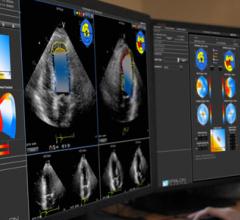A study with a new ultrasonic scanning technique shows that scanning of the carotid arteries can reveal who is at high risk of being hit by a blood clot.
LipoScience Inc. announced data showing that patients managed to a target LDL particle (LDL-P) number, as measured by LipoScience's NMR LipoProfile test, achieved a 22 to 25 percent greater reduction in the risk of cardiovascular (CV) events over a three-year period compared to patients who attained LDL cholesterol (LDL-C) targets.
DAIC Editor Dave Fornell offers his choices of the most innovative new cardiovascular technologies shown on the expo ...
Providing exceptional cardiovascular care for patients to achieve the best possible outcomes is the number one goal for ...
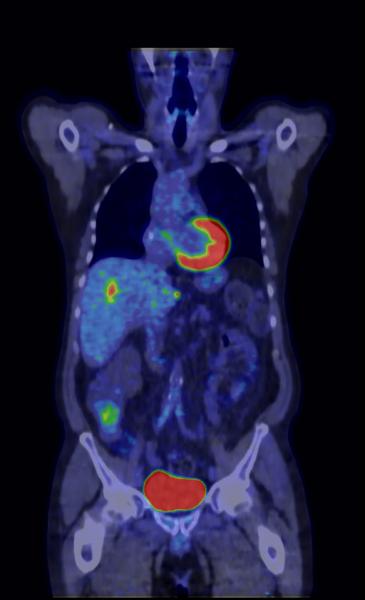
GE Healthcare received U.S. Food and Drug Administration (FDA) 510(k) clearance of its Q.Clear technology, which is designed to provide up to two times improvement in both quantitative accuracy and image quality in PET/CT imaging.
Cardinal Health announced an agreement to acquire privately held AccessClosure Inc. for $320 million.

The Society for Cardiovascular Angiography & Interventions (SCAI) issued a list of five specific, evidence-based recommendations that should be avoided in the care of patients who have, or are at risk for, cardiovascular disease.
Cardiac positron emission tomography (PET) is growing in popularity among cardiologists because it provides the ability ...
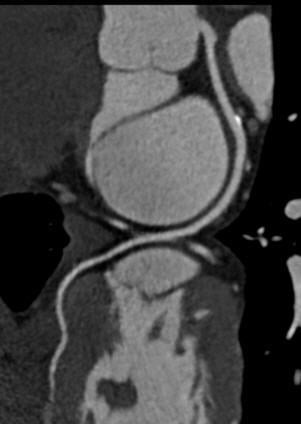
Coronary artery calcium scoring, a test that measures the amount and pattern of calcium that has accumulated in a patient’s coronary arteries, appears to provide an early indication of a person’s long-term risk for heart disease, according to data from five studies presented at the American College of Cardiology (ACC) 63rd Annual Scientific Session.
Philips Healthcare presented new imaging and informatics solutions at the American College of Cardiology Conference (ACC) Annual Meeting.
GE Healthcare showcased a new suite of connected cardiovascular technologies, including several for advanced imaging and new software capabilities, at ACC 2014. New innovations included advances in molecular diagnostics, super-speed computed tomography (CT) scans, and patient-friendly electrocardiograms.
When performing radiofrequency (RF) ablation to treat cardiac arrhythmia, medical professionals must balance the safety ...

Patients in mild heart failure who receive a cardiac resynchronization therapy defibrillator (CRT-D) device may live longer than those implanted with a traditional implantable cardioverter defibrillator (ICD), according to research presented at the American College of Cardiology’s 63rd Annual Scientific Session.

I had become accustomed to making the necessary tradeoffs when choosing the appropriate defibrillator for my patients and until recently thought that these choices were ones that I would always have to make. But the options have increased and matching the unique capabilities of devices, lead systems and remote monitoring has become easier now that there are more than two distinct categories of defibrillator systems available — single and double lead implants and now, the DX system.
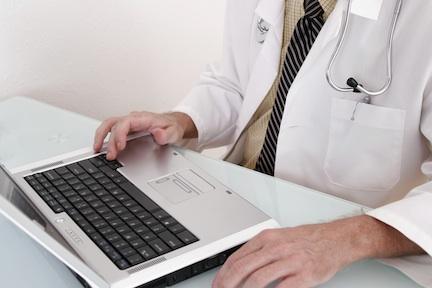
Patients do not have to be the only beneficiaries of technological innovation. Indeed, many technological hardware and software solutions are emerging to help cardiac care providers negotiate their way through a healthcare environment that’s increasingly competitive, cost-conscious and challenging.
Change Healthcare Cardiology Hemodynamics is an integrated hemodynamic monitoring system for monitoring vital signs and ...
Congress recently passed the Protecting Access to Medicare Act of 2014, which requires use of appropriate use criteria (AUC) and clinical decision support (CDS) software to get Medicare reimbursement. This will likely shift focus onto IT vendors who can supply this software. In addition, the use of CDS is part of Stage 2 Meaningful Use requirements for electronic medical records (EMR), so the new Medicare requirements will move CDS up on many IT departments' priority lists.

In a comparison of two blood-thinning medications, heparin was associated with significantly fewer major cardiovascular events at 28 days than bivalirudin in patients receiving primary percutaneous coronary intervention (PCI) after a heart attack, according to research presented at the American College of Cardiology’s 63rd Annual Scientific Session.
Epsilon Imaging Inc. has expanded its EchoInsight automated measurement suite for improved analysis and interpretation in echo.

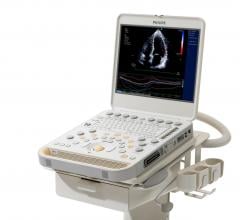
 April 09, 2014
April 09, 2014






